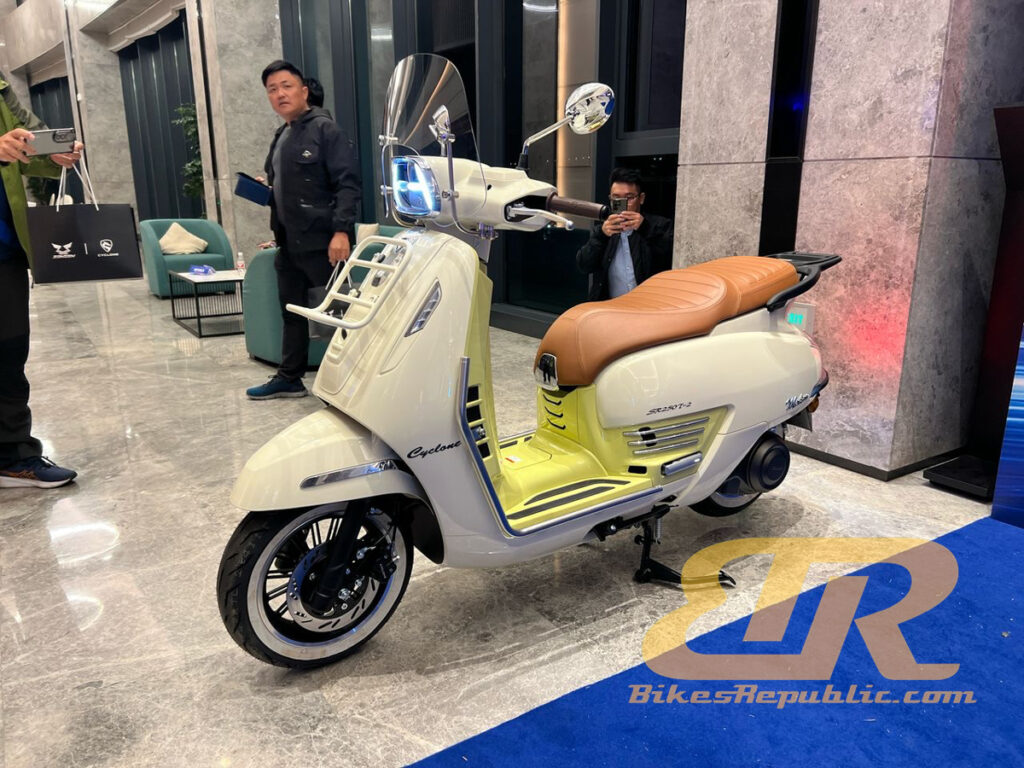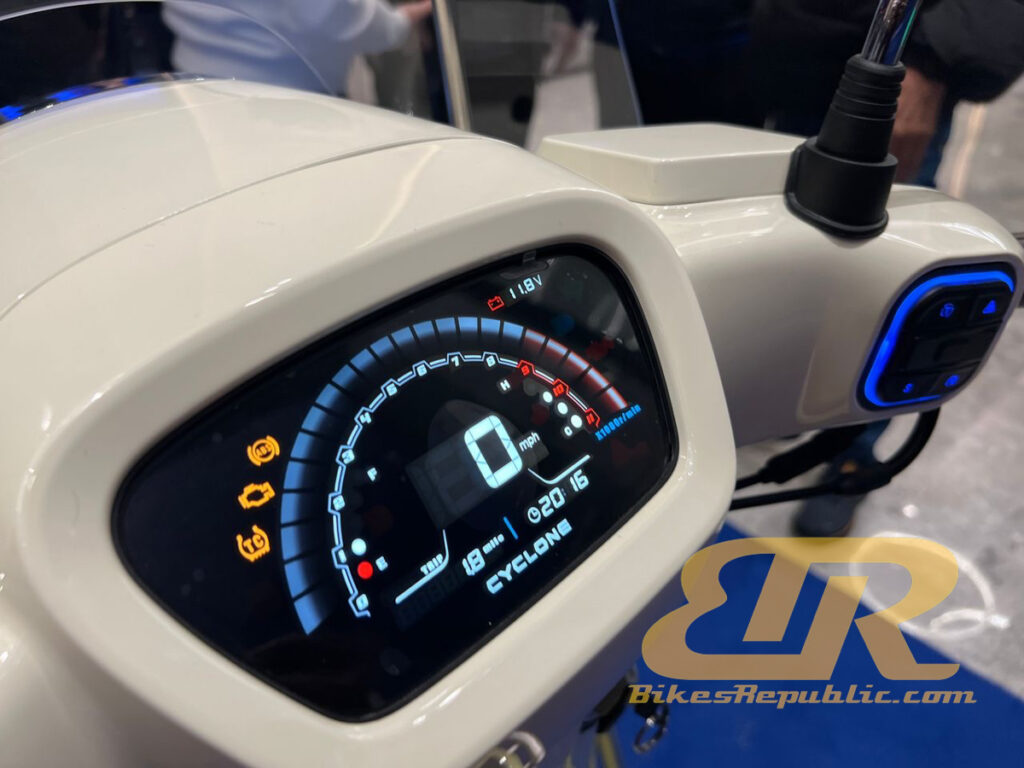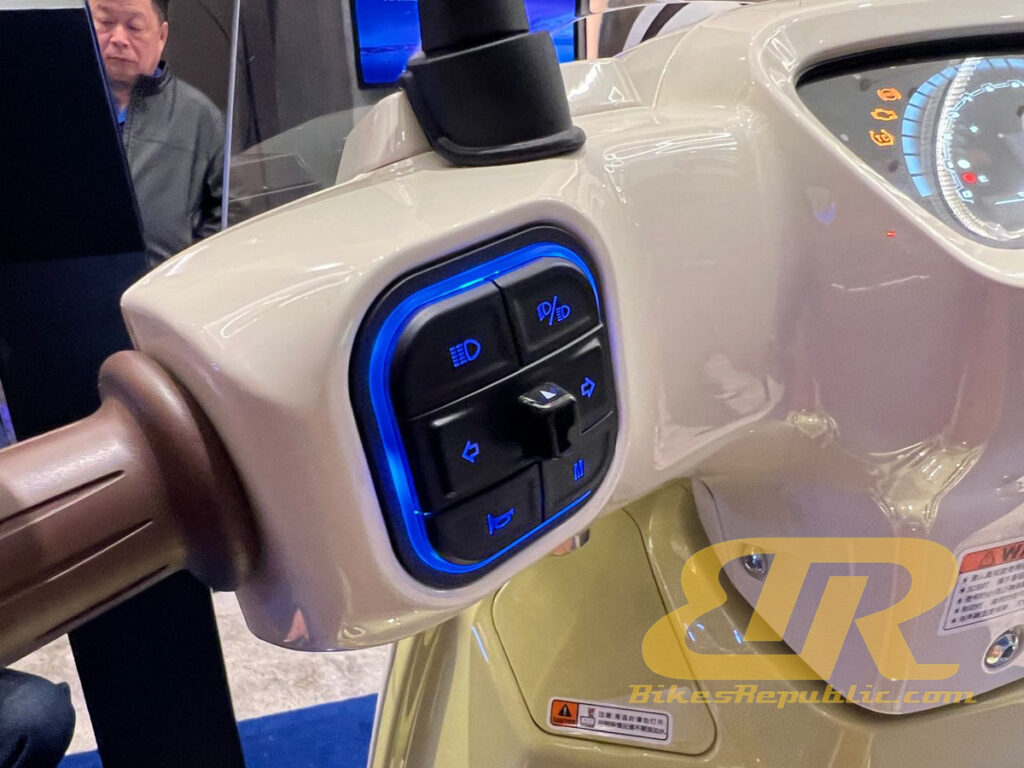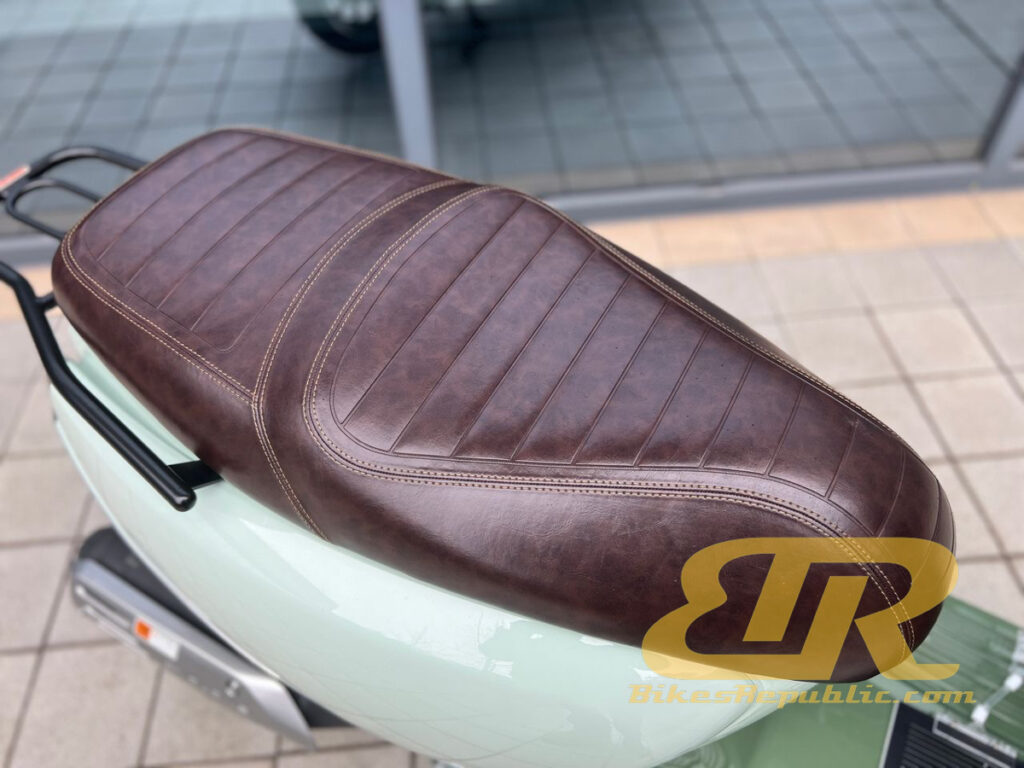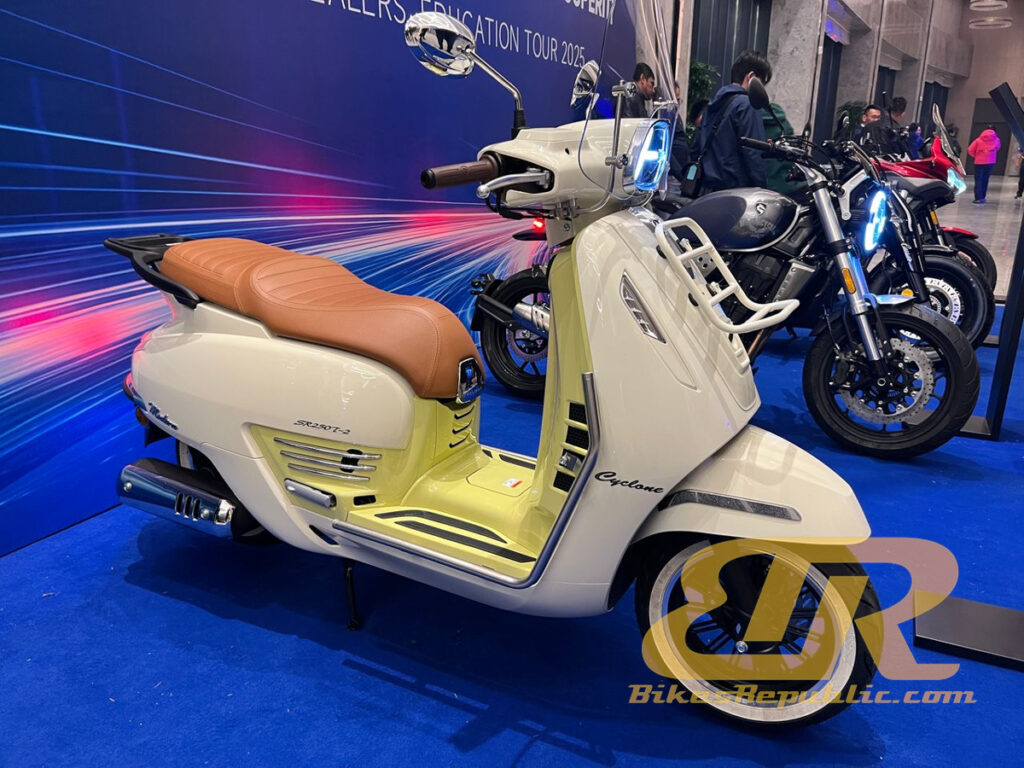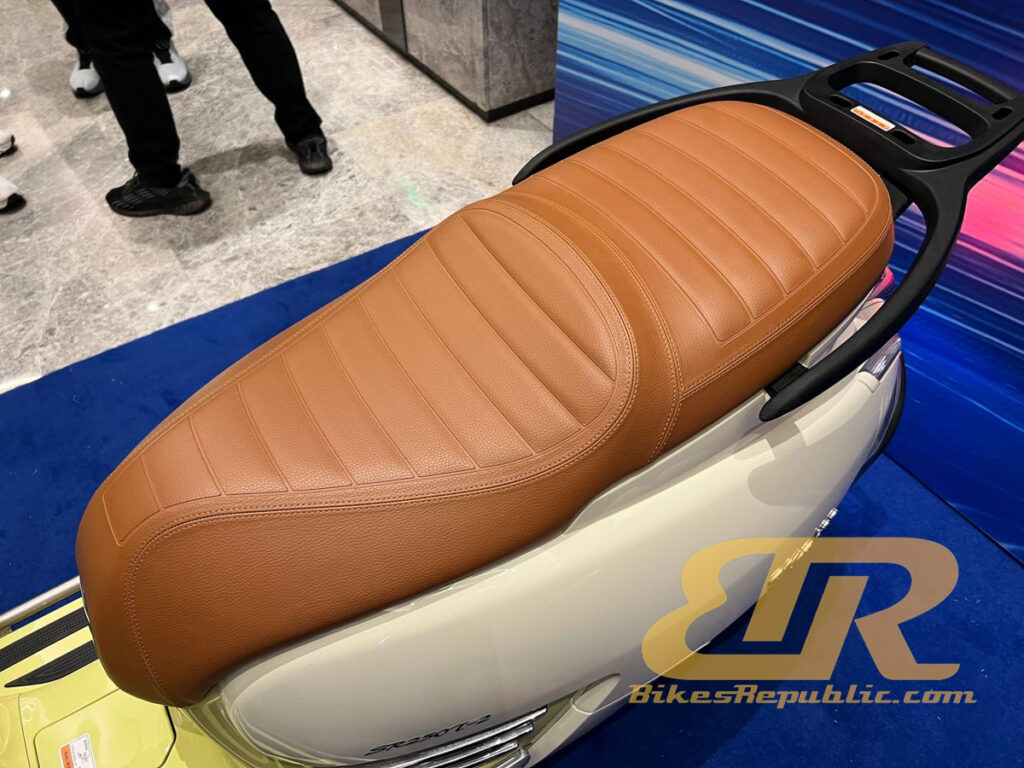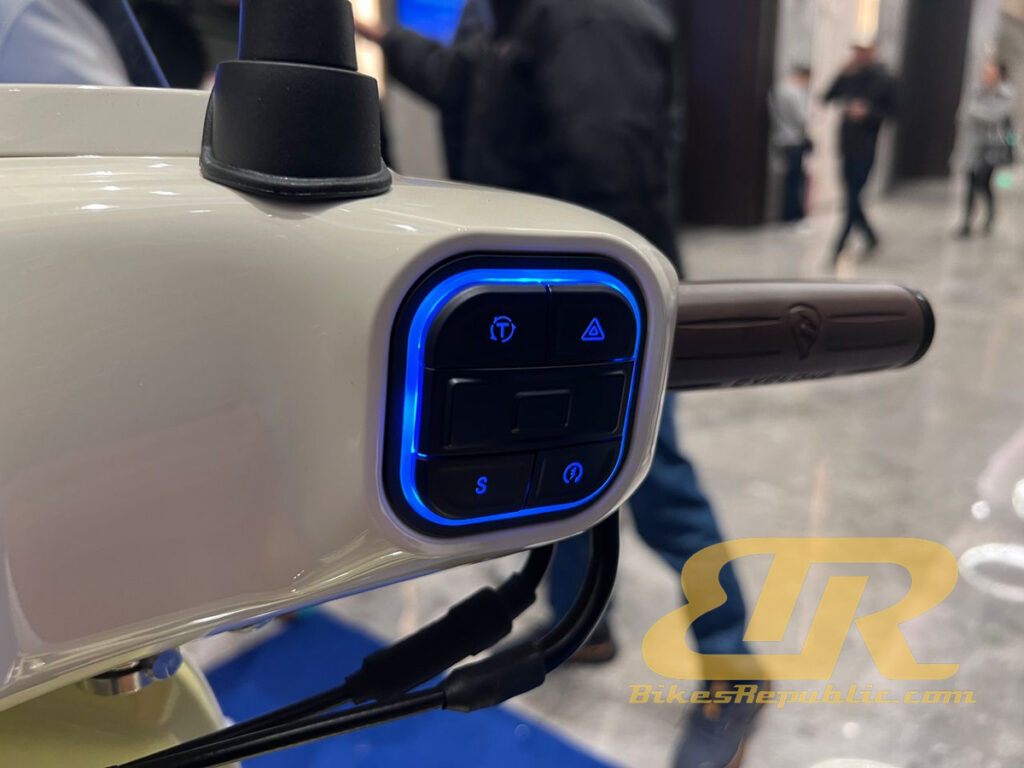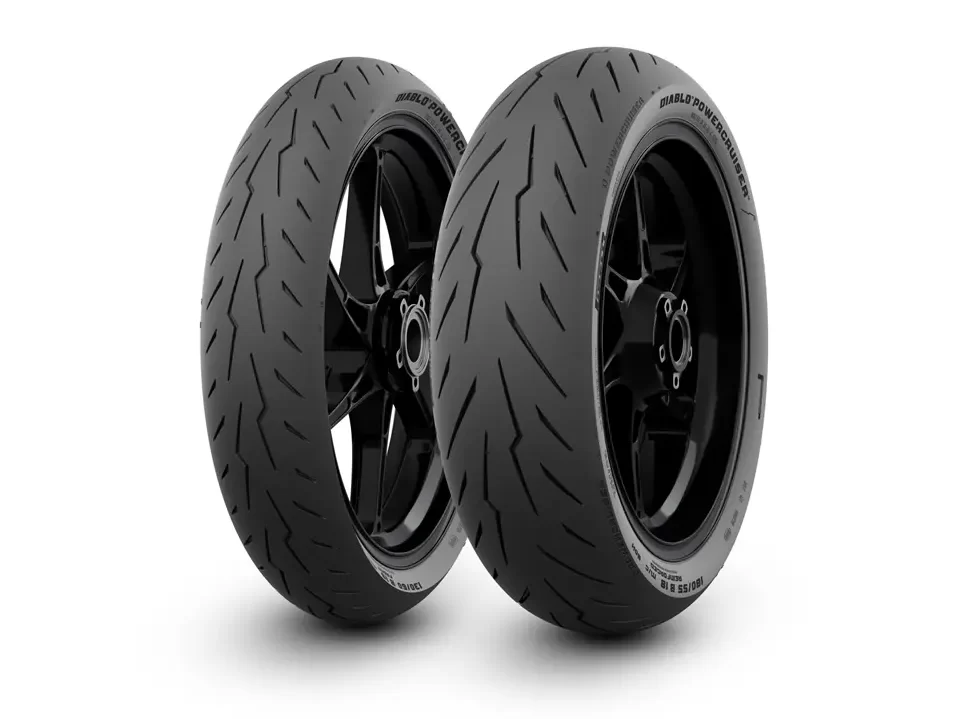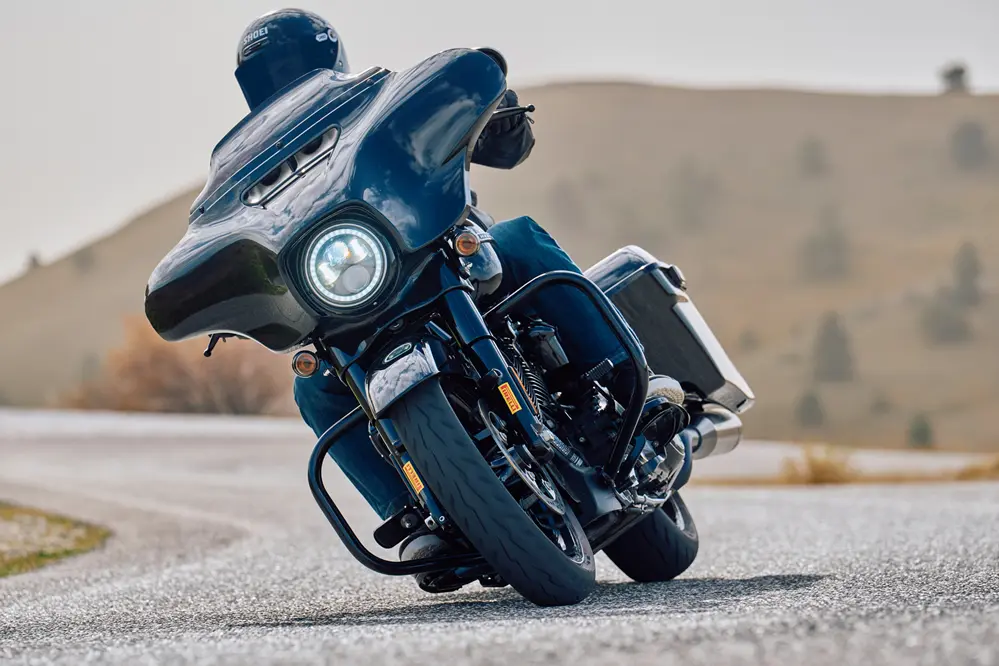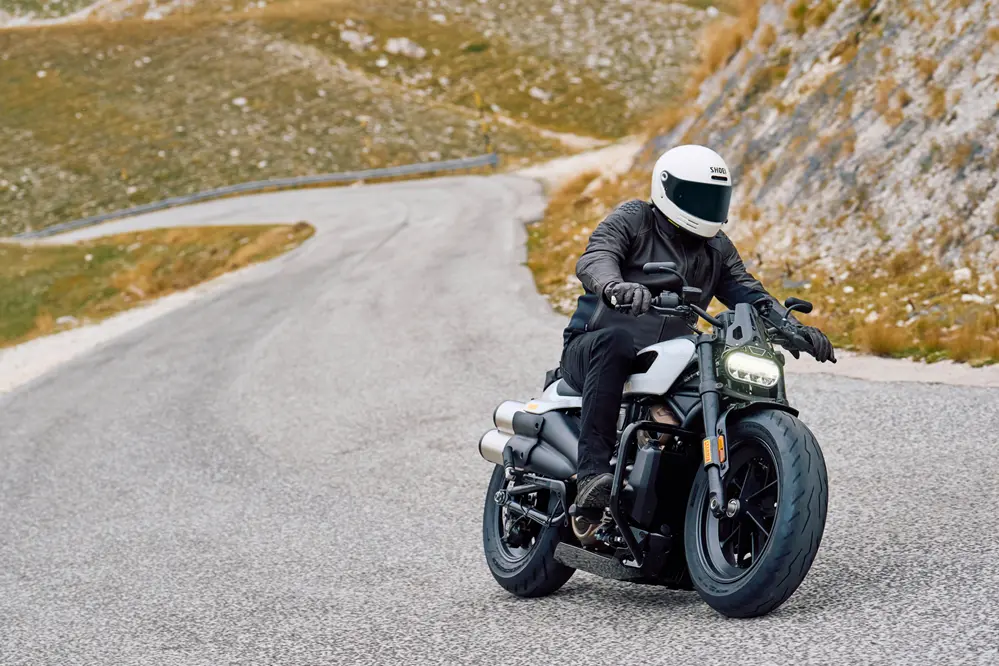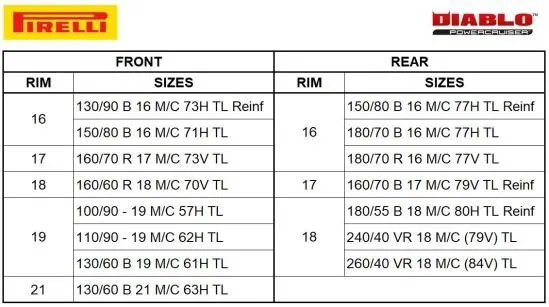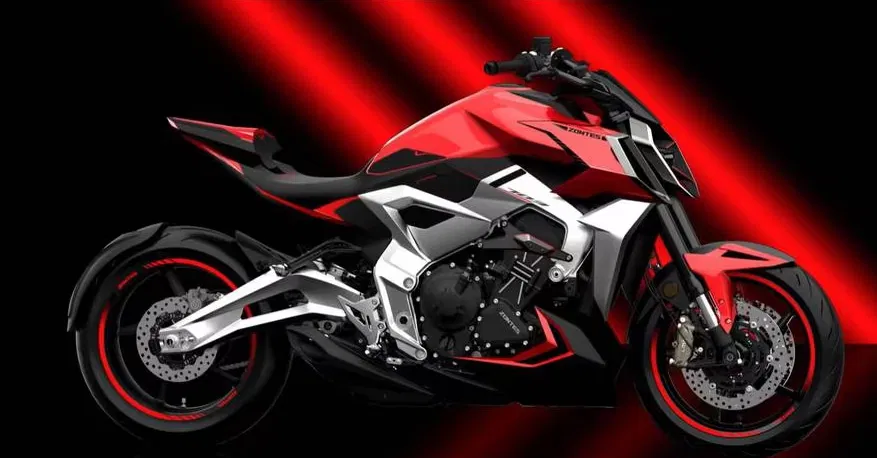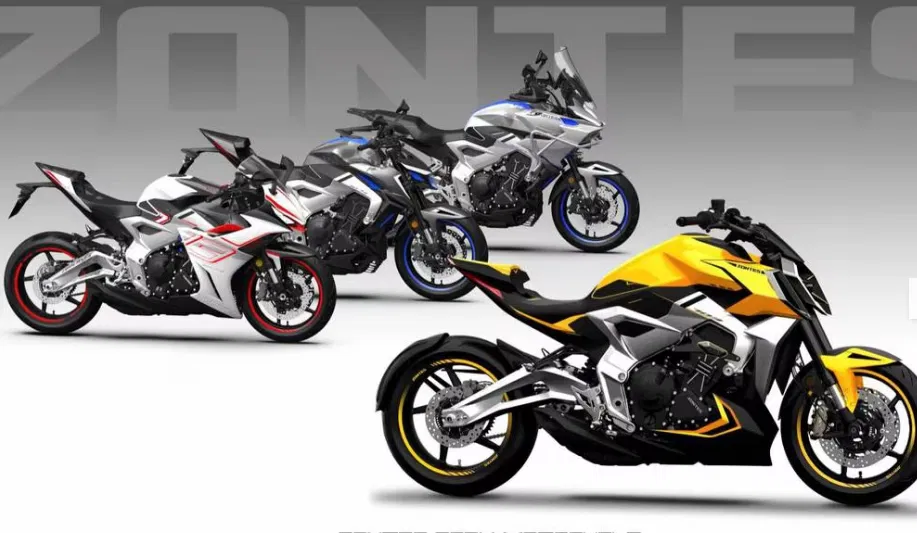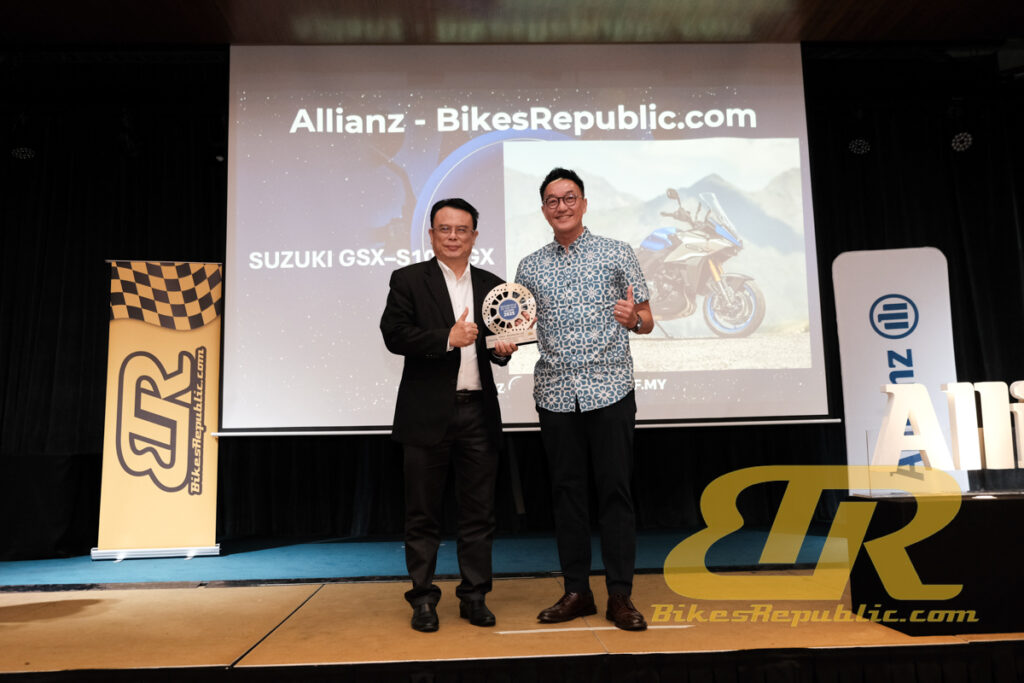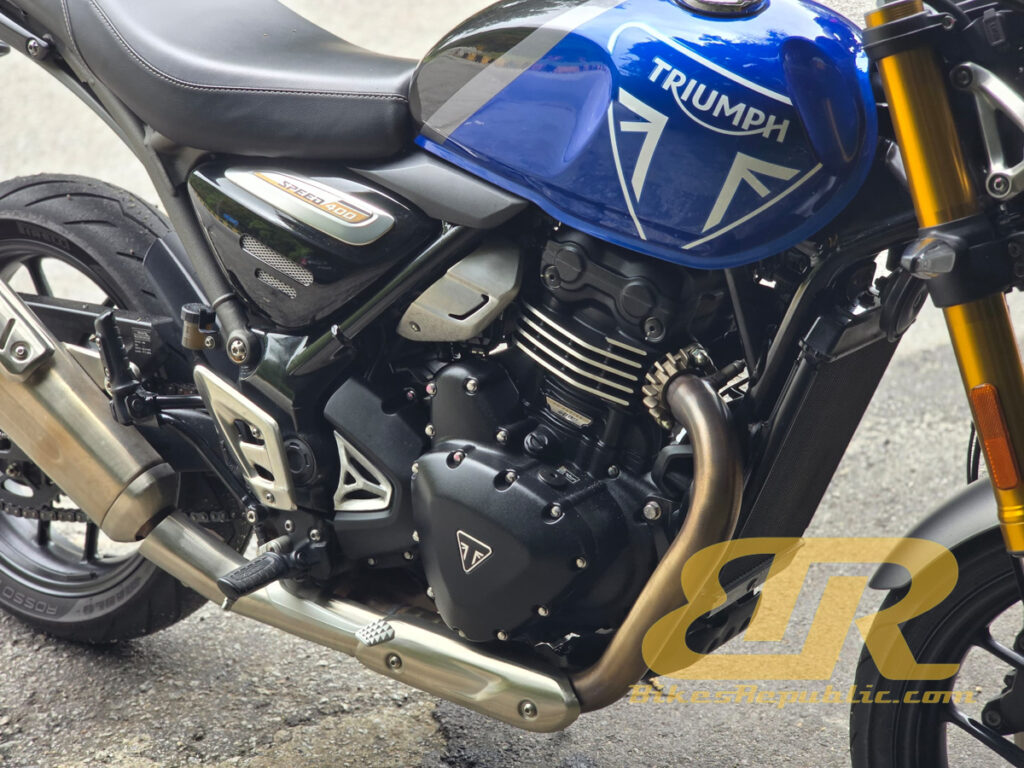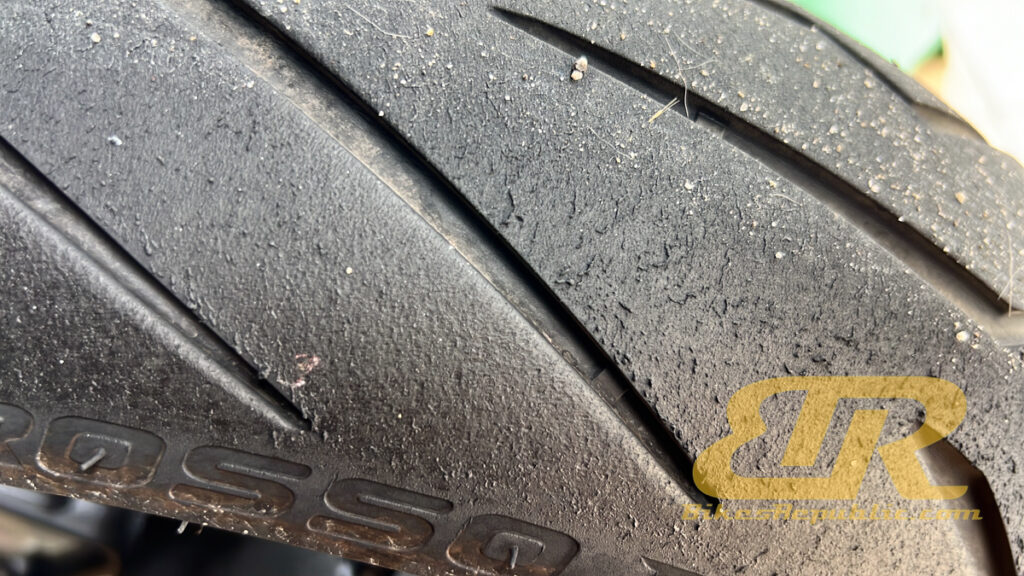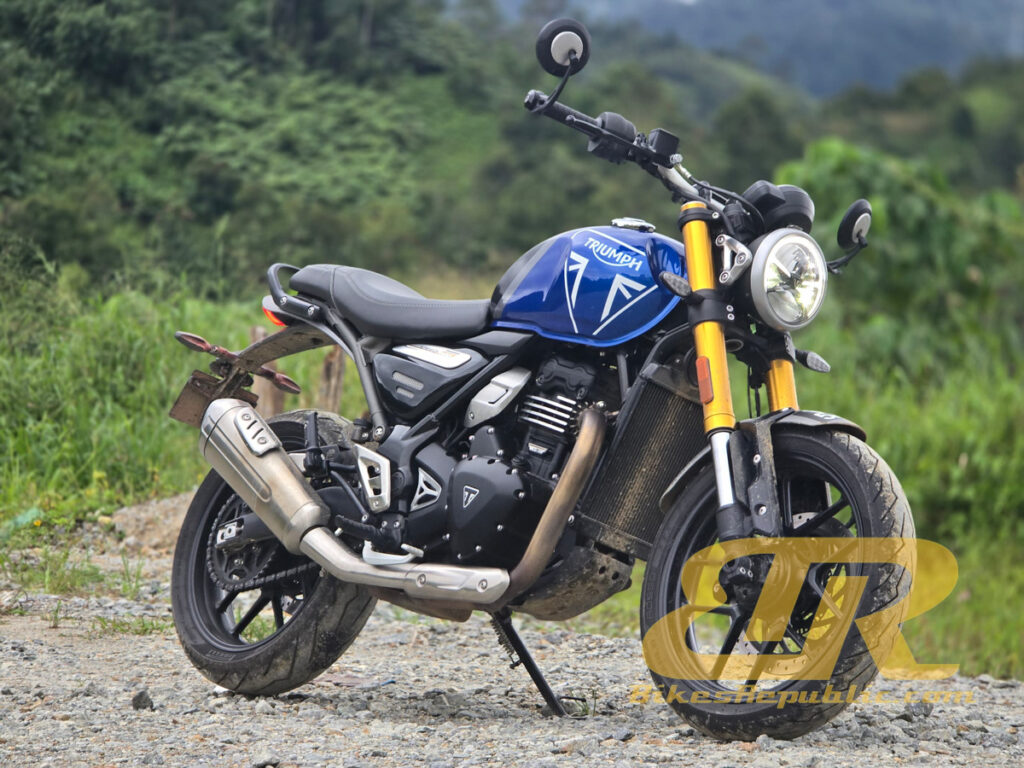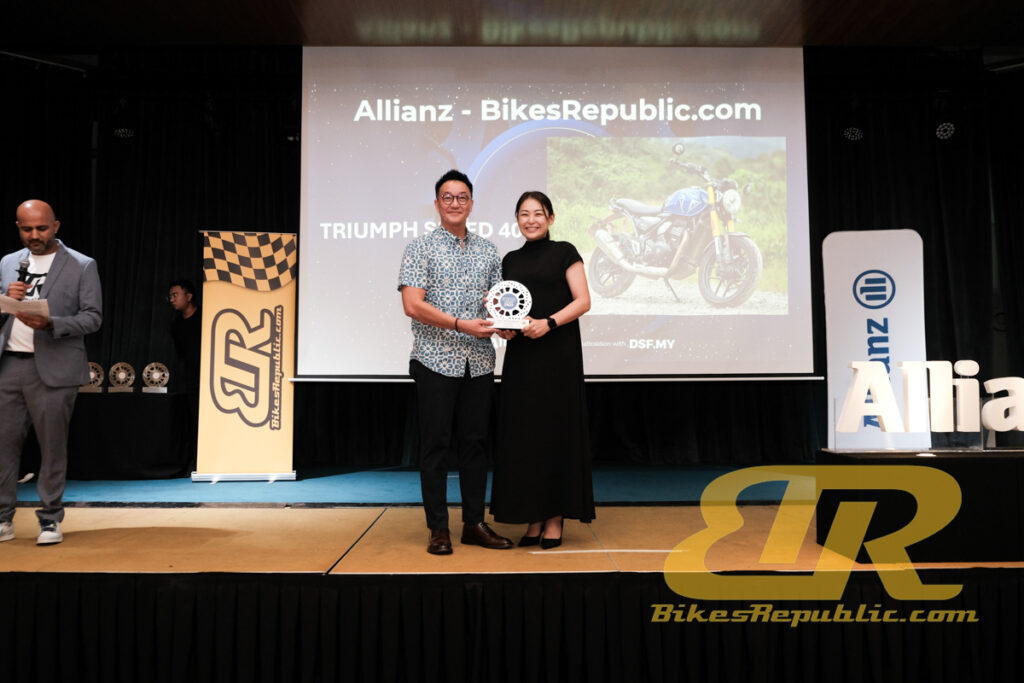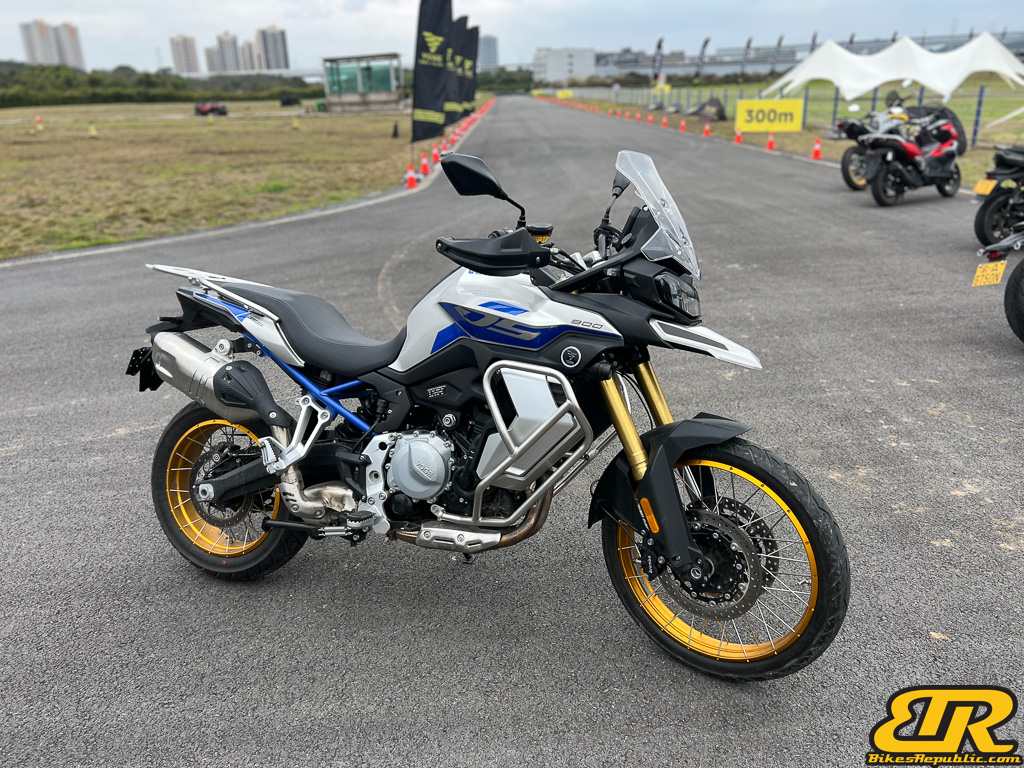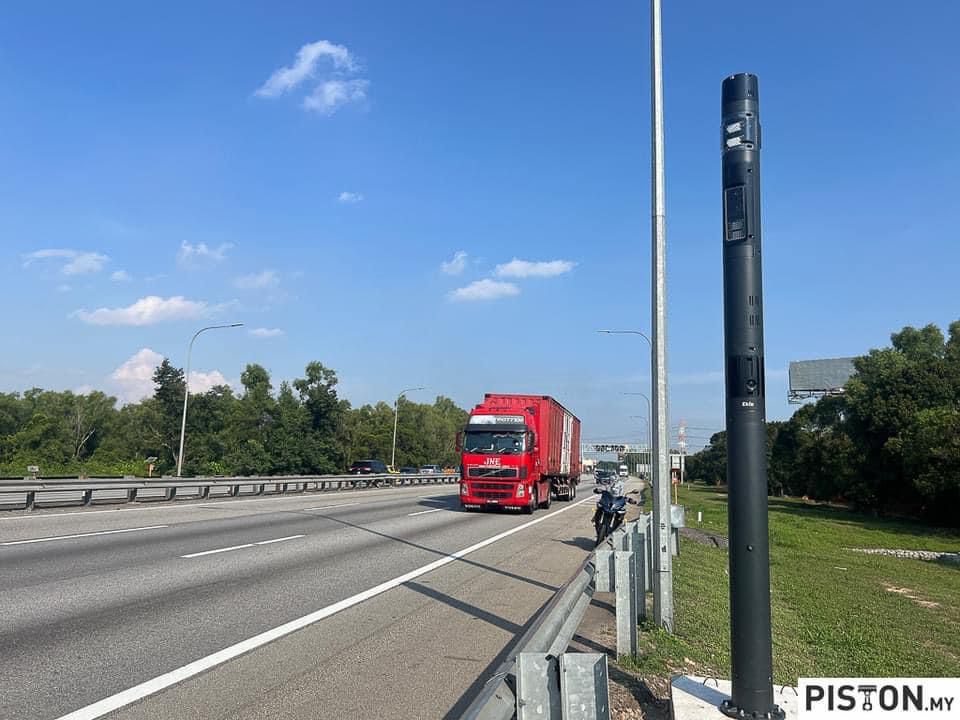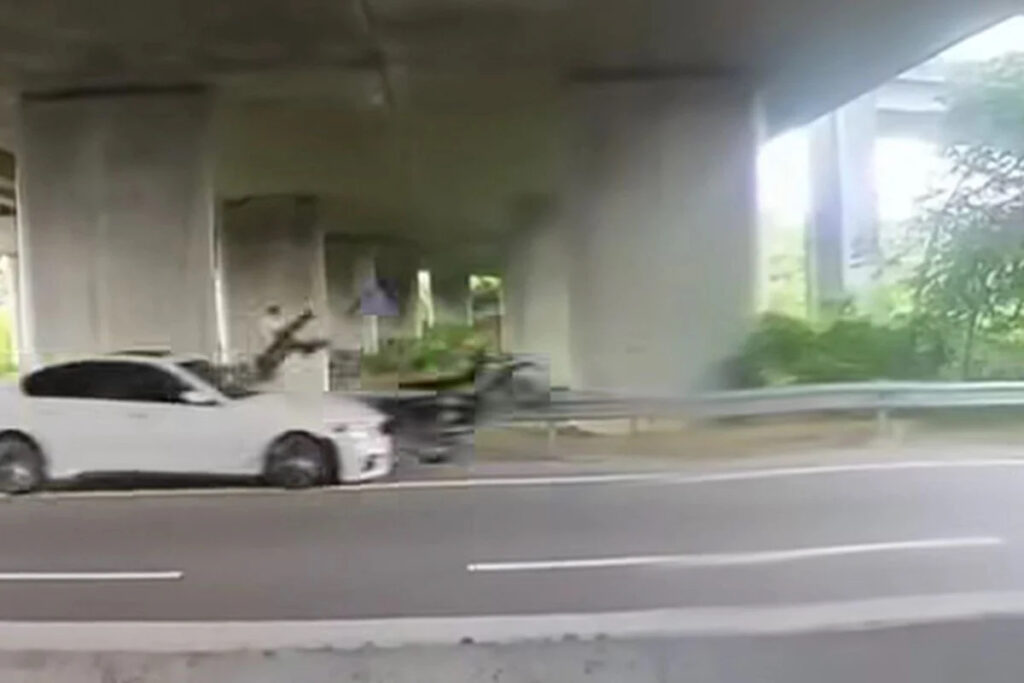As we had said earlier, the adventure motorcycle segment in Malaysia is hitting an all-time high, especially with more new models entering the arena. One launched today (27 February 2025) was the VOGE DS900X.
FROM MFORCE SDN. BHD. PRESS RELEASE
The Malaysian adventure motorcycle market welcomes an exciting new contender with the launch of VOGE DS900X. Introduced by MForce Bike Holdings Sdn. Bhd., this highly anticipated model is priced at RM49,998 (excluding road tax and insurance) and is now available at all authorized MForce dealers nationwide.
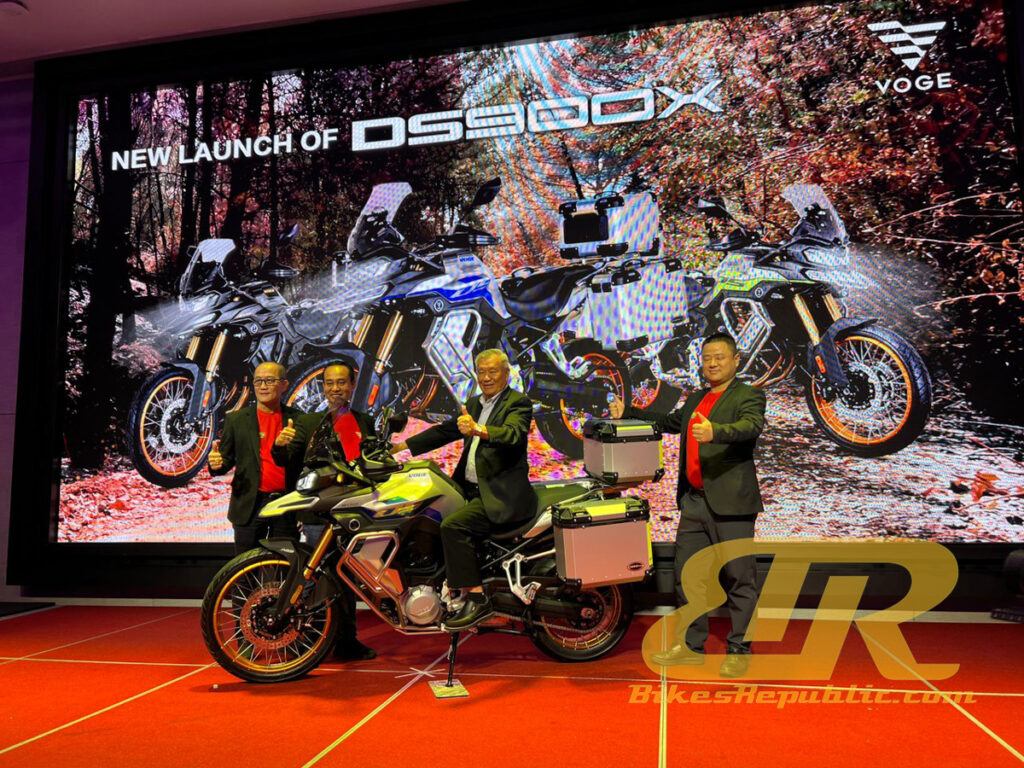
VOGE DS900X is available in three striking colors: Aviator Blue, Lime Green, and Matt Black.
Powered by an 895cc dual-cylinder, four-stroke and eight-valves engine. This machine delivers an impressive 70kW at 8,250rpm and a maximum torque of 95Nm at 6,000rpm. With a compression ratio of 13.1:1, liquid cooling and an advanced electronic fuel injection system, VOGE DS900X strikes the perfect balance between power and efficiency, making it ideal for both long-distance touring and off-road adventures.
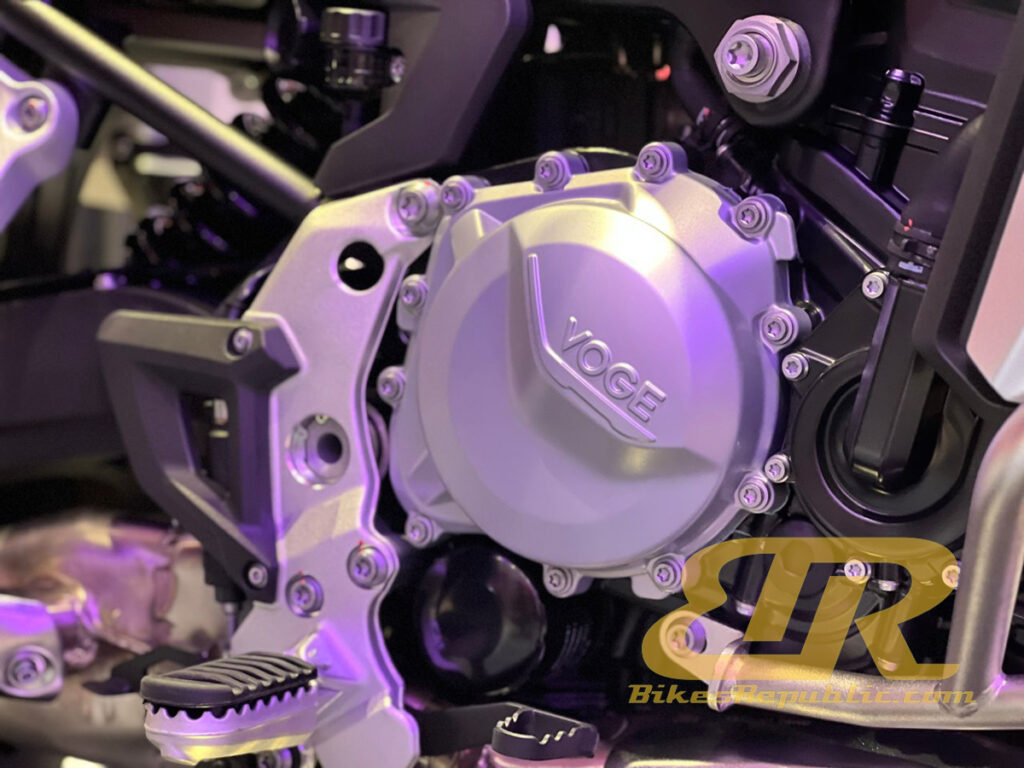
Equipped with an upside-down telescopic fork, rear monoshock absorber and a uniquely designed aluminium swingarm, VOGE DS900X ensures exceptional stability and control across various terrains. The braking system features dual Brembo disc brakes with ABS, measuring 305mm in diameter and a single 265mm disc at the rear, delivering superior stopping power even in emergency situations.
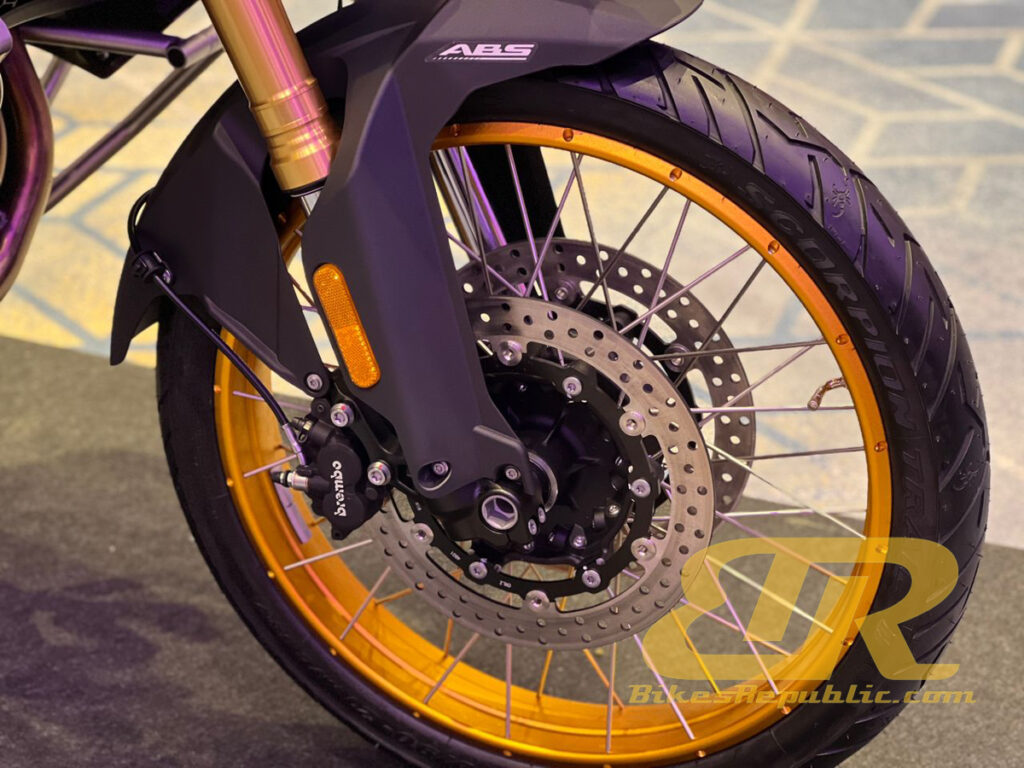
VOGE DS900X rides on 90/90-21-inch tubeless spoke wheels at the front and 150/70-17-inch tubeless spoke wheels at the rear, ensuring outstanding traction on challenging roads.
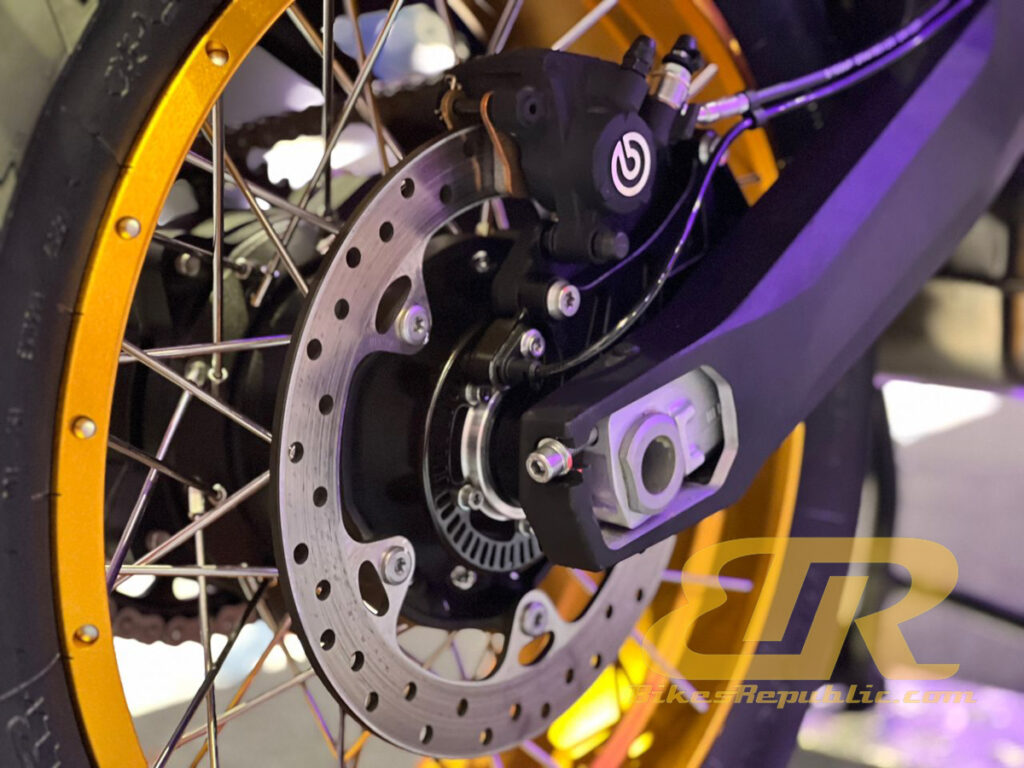
Beyond its impressive performance, VOGE DS900X comes packed with premium features designed for comfort, convenience and enhanced riding experience. Riders can switch between four riding modes which are Rain, Road, Sport, and Enduro, allowing them to adapt to different road conditions seamlessly.
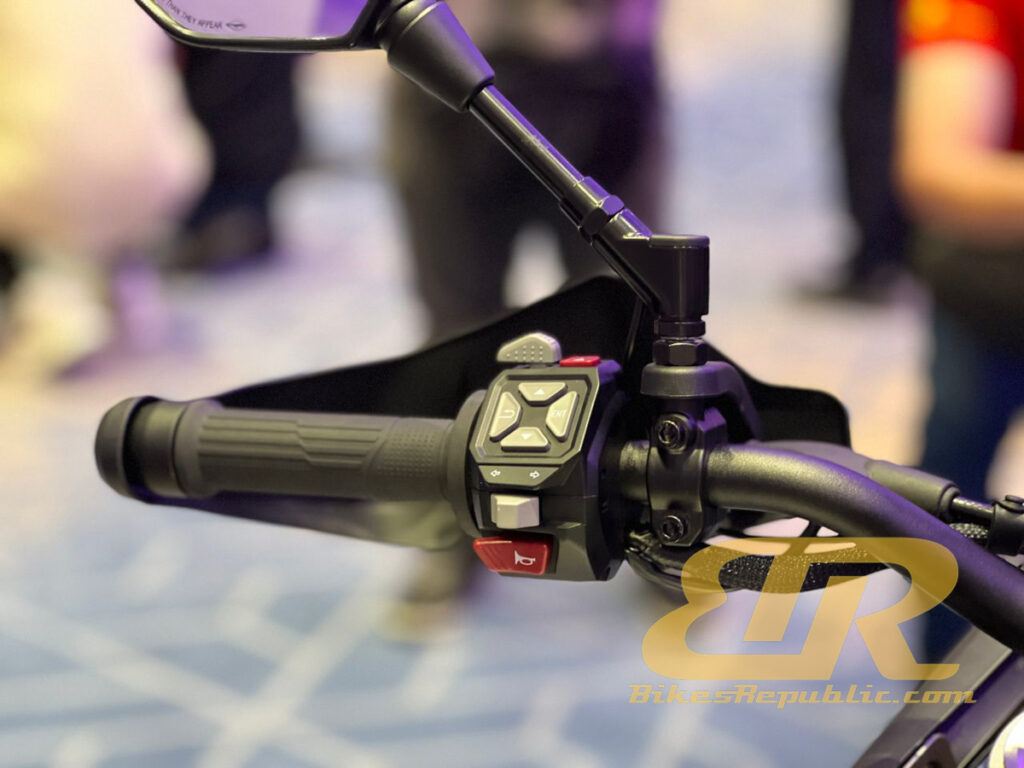
Adding to its dynamic capabilities, VOGE DS900X is equipped with a quickshifter system that enables clutchless gear shifting for smoother and faster acceleration. This technology enhances rider control and responsiveness, making every ride more exhilarating, whether on highways or rugged terrains.
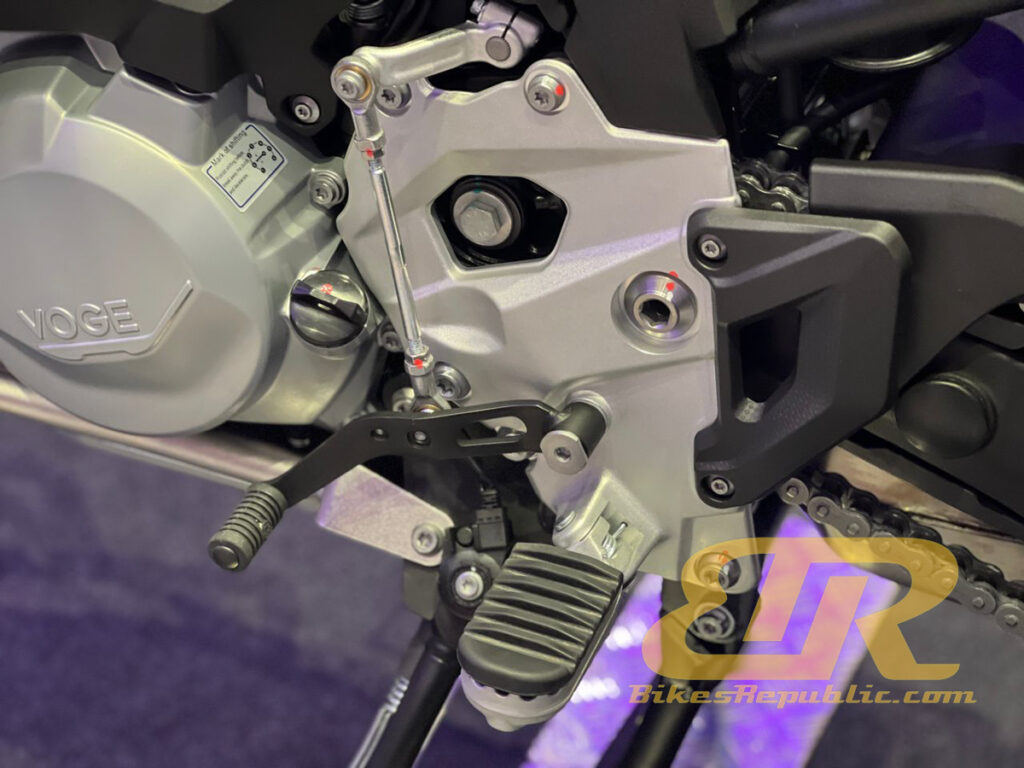
The bike also features a smart key system, enabling keyless ignition for added convenience, while the 7-inch full-color TFT display provides clear and intuitive access to essential riding information. Safety is further enhanced with a tire pressure monitoring system (TPMS), auto cruise control and a front dashcam for continuous recording and increased road security.
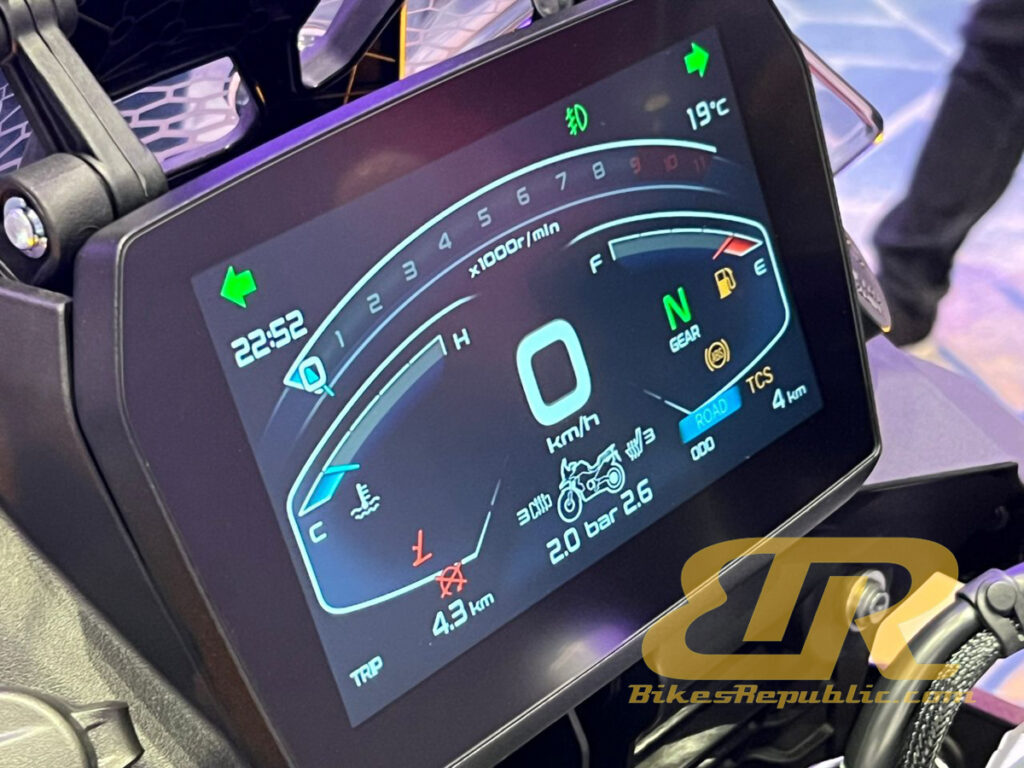
For better visibility and safety, VOGE DS900X boasts luxurious LED headlights, bright LED taillights, spotlights, hazard lights and a radar system. Riders will also benefit from a dual USB charging port (Type-A and Type-C) and a 12V10A power output, ensuring their devices stay powered throughout the journey.
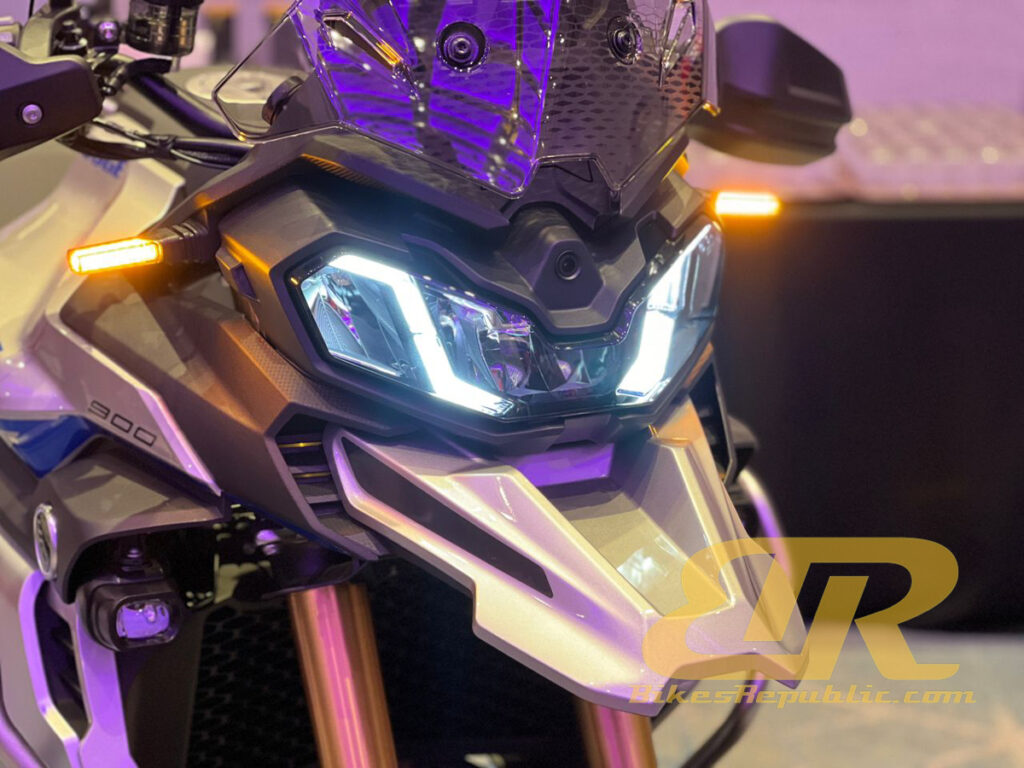
Protection and comfort are at the forefront of VOGE DS900X’s design, featuring robust VOGE handguards, a crash bar, three-level heated grips, a heated seat and a rear carrier for added convenience. The adjustable windshield further enhances riding comfort, reducing wind resistance at high speeds.
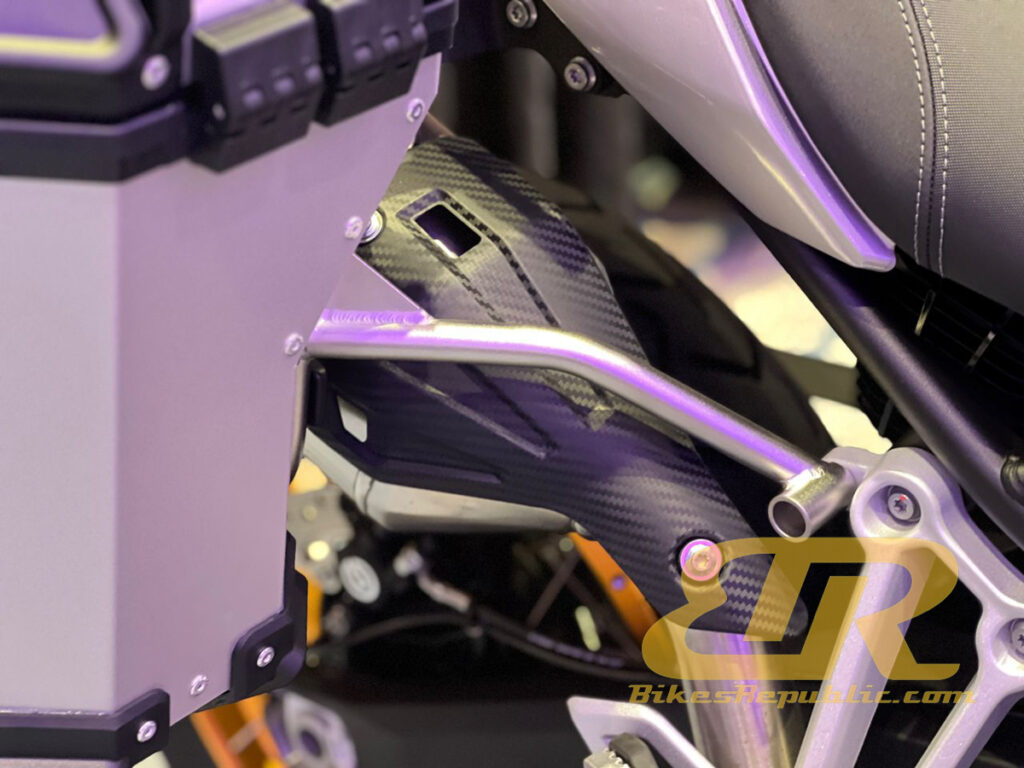
Designed for long-distance touring, VOGE DS900X offers ample storage capacity with a 17-liter fuel tank, a stainless-steel muffler, and a spacious luggage system comprising a 45-liter top box and two 35-liter side cases.
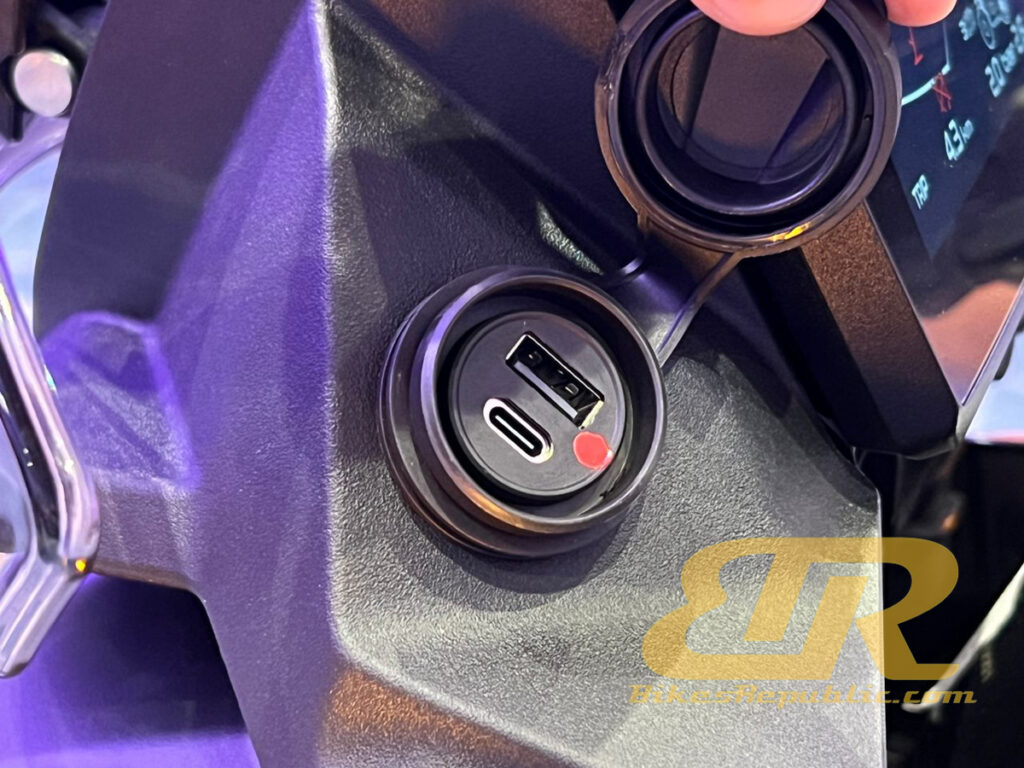
VOGE DS900X also equipped with a Side Stand Safety Switch system, ensuring the motorcycle can only move when the side stand is fully retracted. (Other big bikes also have this feature – Editor.)
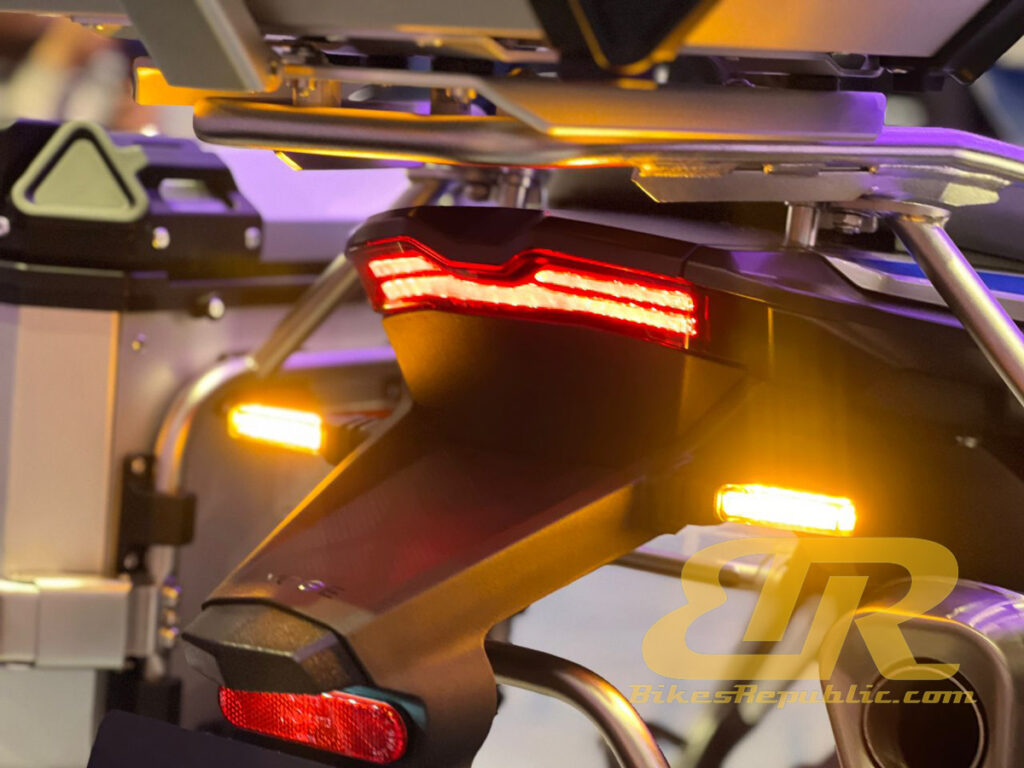
Weighing 222kg, with a seat height of 835mm and a ground clearance of 190mm, VOGE DS900X is engineered for both durability and comfort. This adventure-ready machine is built to elevate every journey, whether on the open road or rugged trails.
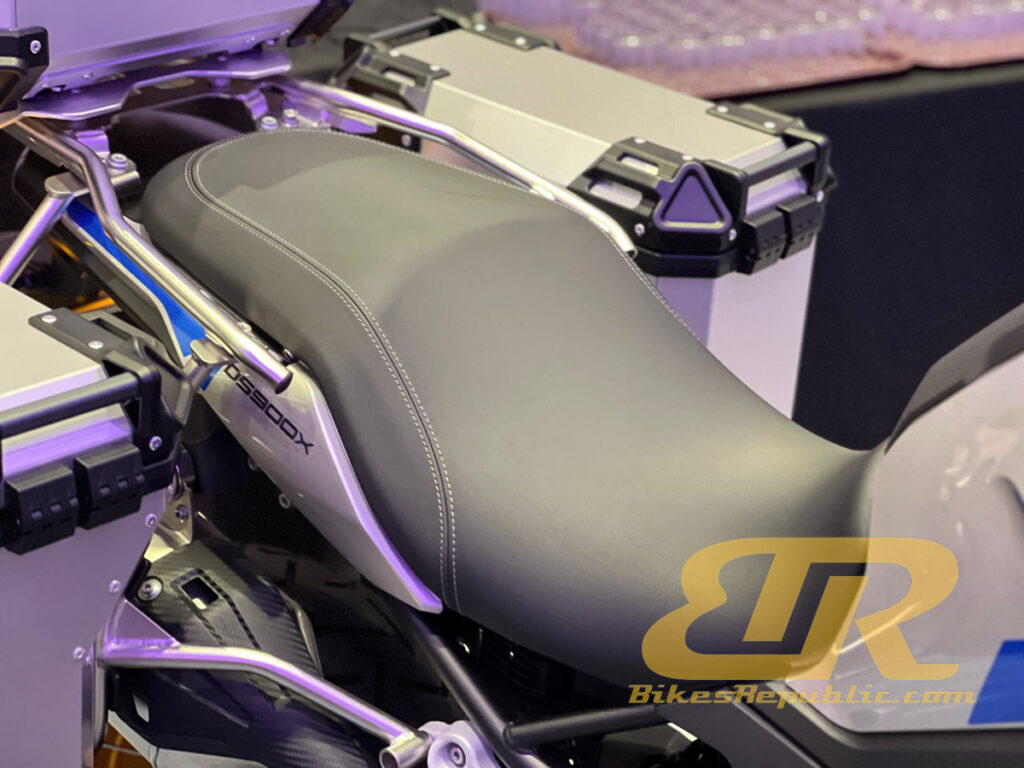
With every purchase of the VOGE DS900X, customers will enjoy a two-year unlimited mileage warranty and the convenience of purchasing genuine spare parts online through VOGE Malaysia.
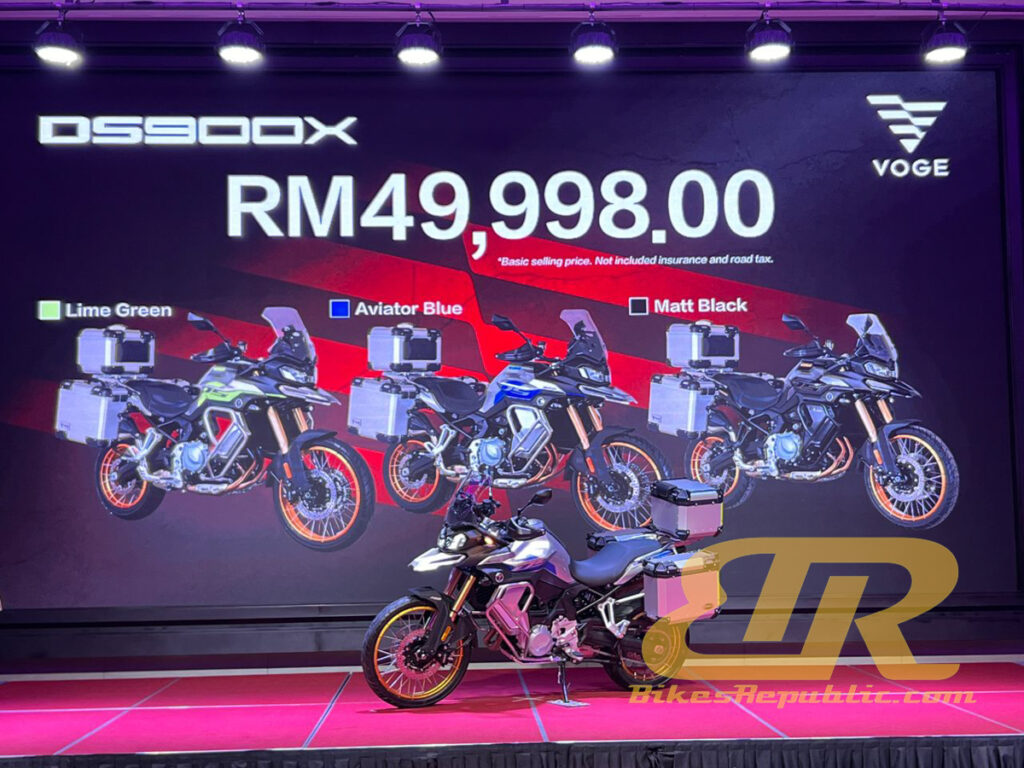
Photo gallery

























